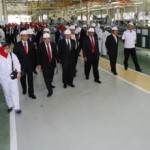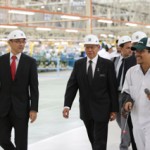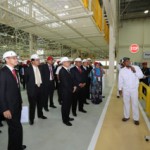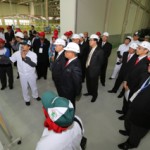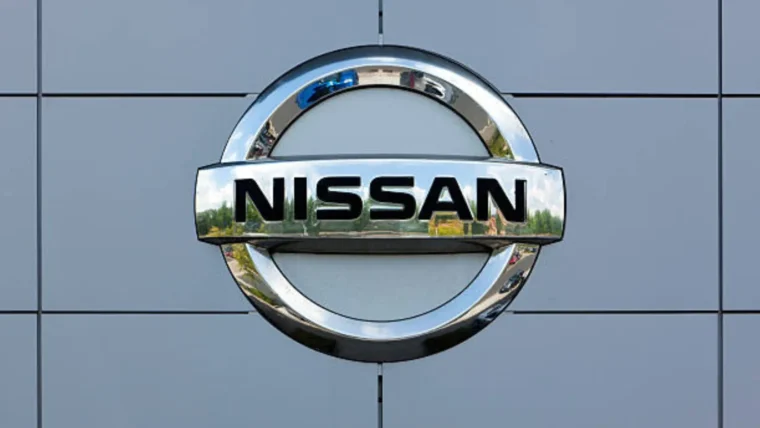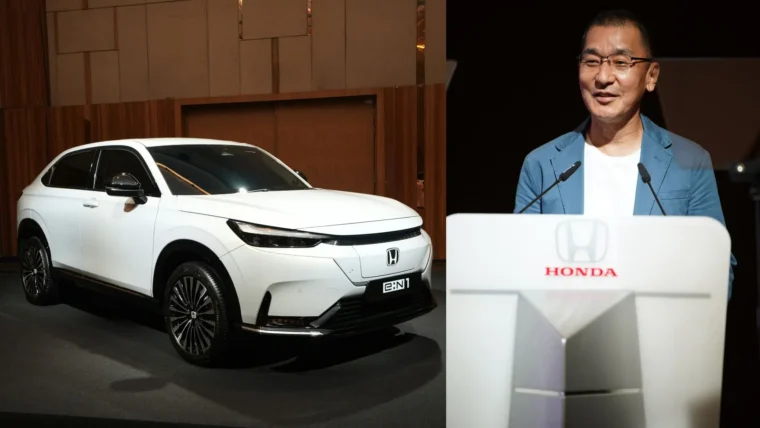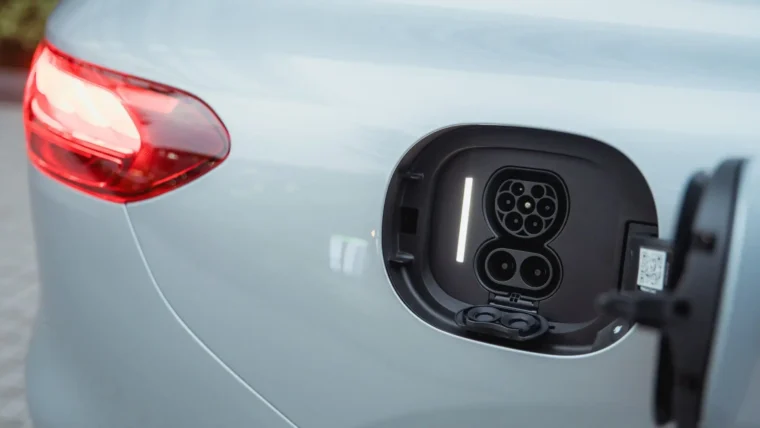 Honda Malaysia Sdn Bhd has reinforced its strong commitment towards its business in Malaysia with the opening of the No.2 Line at its Pegoh Plant in Alor Gajah, Malacca, 11 years after the No.1 Line was opened in January 2003. With a total built-up area of 49,190 square meters, the No.2 Line took less than a year to complete and will be able to double the current production of 50,000 units to 100,000 units of vehicles annually, and 200 units to 400 units daily.
Honda Malaysia Sdn Bhd has reinforced its strong commitment towards its business in Malaysia with the opening of the No.2 Line at its Pegoh Plant in Alor Gajah, Malacca, 11 years after the No.1 Line was opened in January 2003. With a total built-up area of 49,190 square meters, the No.2 Line took less than a year to complete and will be able to double the current production of 50,000 units to 100,000 units of vehicles annually, and 200 units to 400 units daily.
 Hiroshi Kobayashi, President and CEO of Asian Honda Motor Co., Ltd, expressed his delight with the opening of the No.2 Line in Malaysia. “Malaysia plays an important role for Honda. We have been operating in Malaysia for more than 10 years and I am proud to note that our business has grown rapidly over these years. With a customer-oriented approach in mind, Honda has continued our investment, growth and expansion in Malaysia by leveraging our unique technologies, ideas and ingenuity to create products that meet the customer’s needs.” “Honda looks to further develop our local production in Malaysia by taking a more strategic approach to the industry. By developing skilled local capabilities and implementing advanced manufacturing technologies in this attractive and important market, we are positive that Malaysia will help achieve the long-term growth of the Honda brand. Honda remains firm in its commitment to provide good products with speed, affordability and low CO2 emissions to meet the growing market.”
Hiroshi Kobayashi, President and CEO of Asian Honda Motor Co., Ltd, expressed his delight with the opening of the No.2 Line in Malaysia. “Malaysia plays an important role for Honda. We have been operating in Malaysia for more than 10 years and I am proud to note that our business has grown rapidly over these years. With a customer-oriented approach in mind, Honda has continued our investment, growth and expansion in Malaysia by leveraging our unique technologies, ideas and ingenuity to create products that meet the customer’s needs.” “Honda looks to further develop our local production in Malaysia by taking a more strategic approach to the industry. By developing skilled local capabilities and implementing advanced manufacturing technologies in this attractive and important market, we are positive that Malaysia will help achieve the long-term growth of the Honda brand. Honda remains firm in its commitment to provide good products with speed, affordability and low CO2 emissions to meet the growing market.”
With the opening of the No.2 Line, Honda looks forward to assembling more vehicles for the growing Malaysian market, particularly in the small models and hybrid segment, which has seen steady growth over the past couple of years. Currently Honda Malaysia assembles the City, Civic, CR-V, Accord and both the Jazz Petrol and Hybrid variants at its Pegoh Plant. Honda has enhanced its overall operations in Malaysia in the past couple of years with a new parts warehouse, new test track facility, new Pre-Delivery Inspection (PDI) Centre and recently, changing its logistic to rail in order to be more efficient. The Green Factory concept is actively pursued at the Pegoh Plant; high efficiency equipment have been installed, and lean processes are adopted to lower power consumption. Numerous green initiatives such as recycle and reuse energy and water efficiency were implemented in the buildings and equipment. These efforts support Honda’s global environment target of reducing CO2 emissions by 30% by 2020. Yoichiro Ueno, Managing Director and Chief Executive Officer of Honda Malaysia, commented that “In order to achieve more affordable prices for Malaysian customers, Honda Malaysia is targeting to enhance the localization of the component parts from the previous 30-40% to over 70% in the near future. This can be achieved with a combination of hard work of our associates to implement advanced technologies and the expansion of component suppliers.”
On that notion, it looks like Honda Malaysia has a head start with the new revised NAP. With Honda Malaysia’s aligned well with the new NAP’s aim to make Malaysia as an environmental friendly car hub, it looks like more Honda hybrid cars will be gracing Malaysia’s road in the years to come. Local assembled Honda CR-Z for the Malaysian market perhaps?
Other posts by AF Newsdesk


